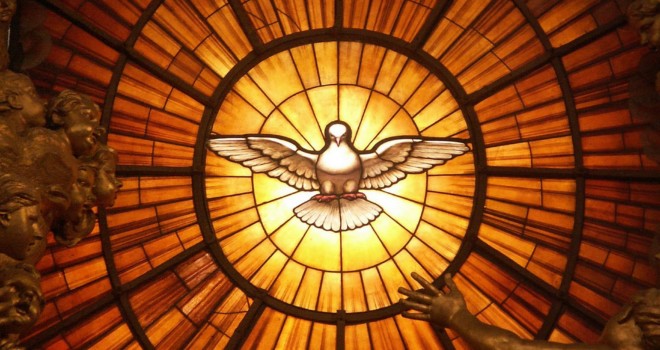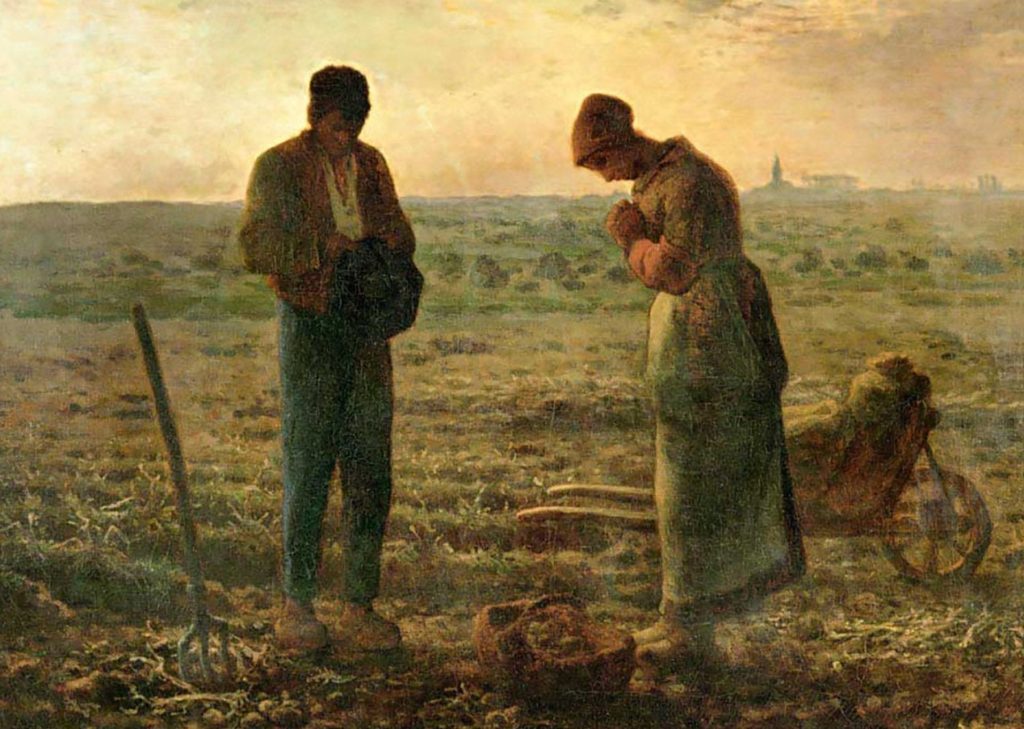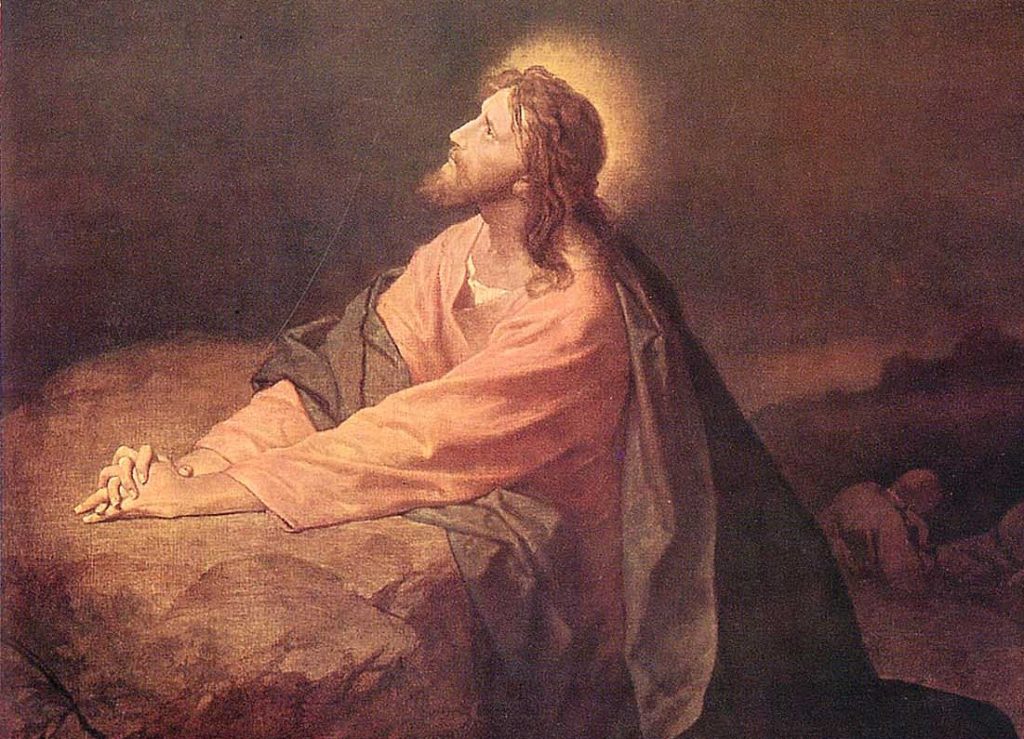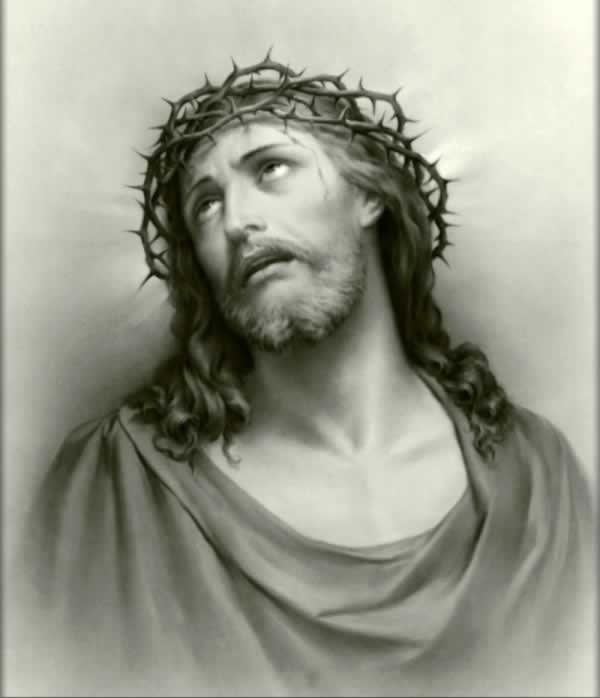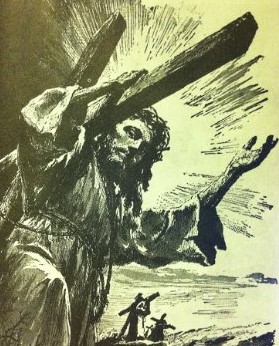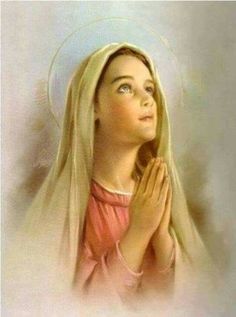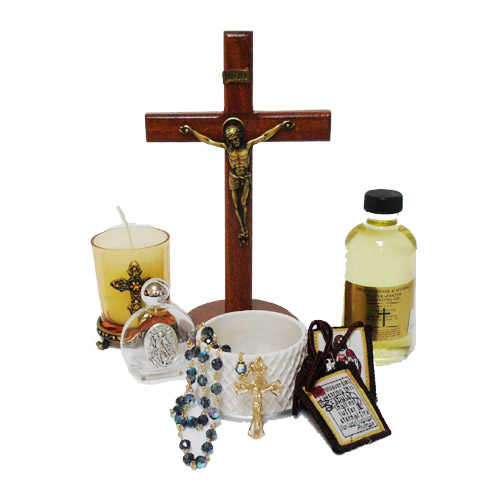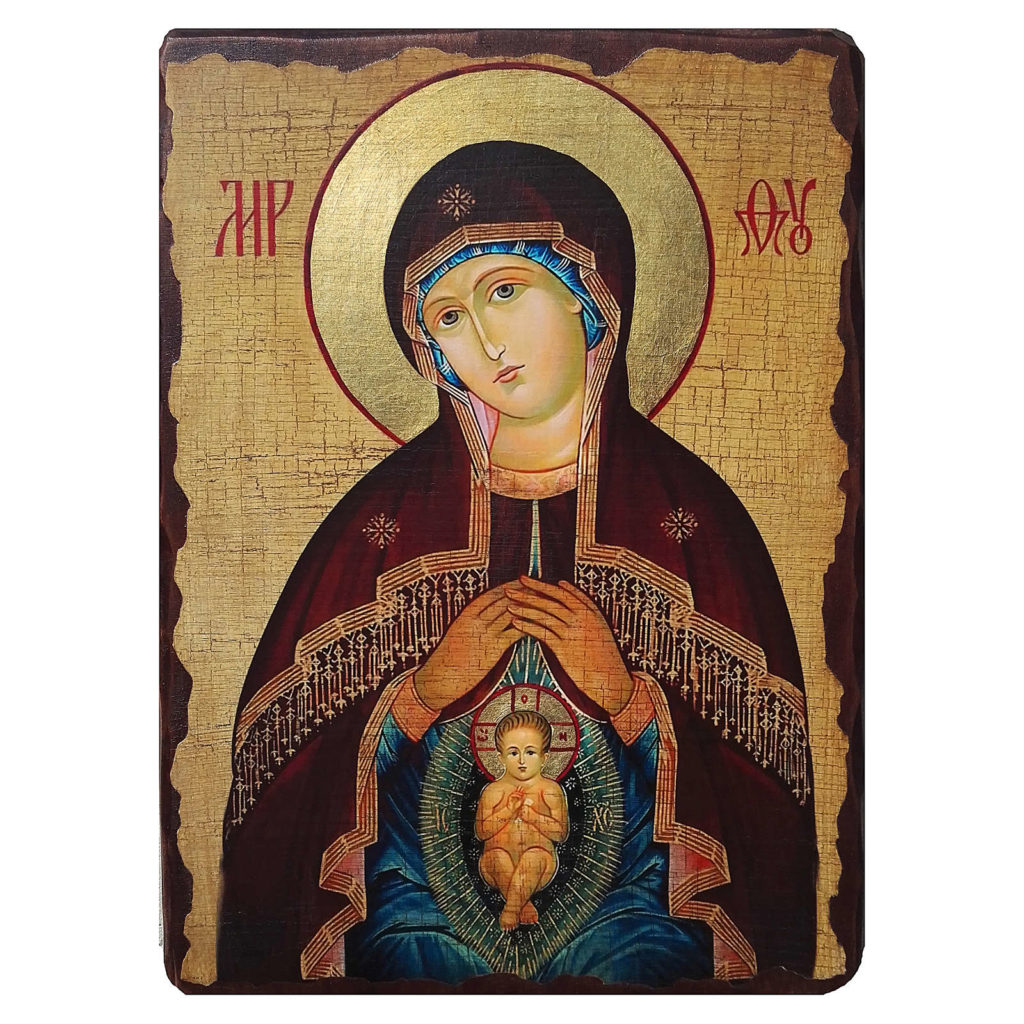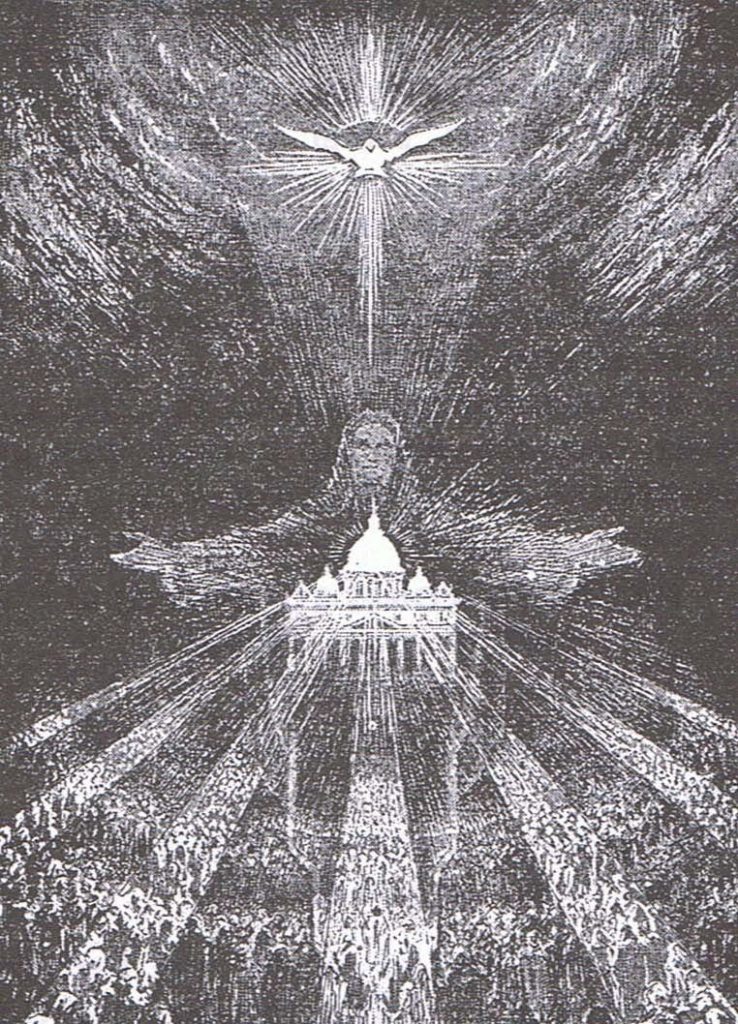
“Just as the body is one and has many members, and all the members of the body, though many, are one body, so it is with Christ…. Now you are the body of Christ and individually members of it” (1 Cor 12:12, 27). St Paul describes the Church as the Mystical Body of Christ. The Church teaches that the invisible head of the Mystical Body is Christ in heaven and her visible head is the Pope on earth. The members of the body are all the souls in Heaven (the Church Triumphant), all the souls in Purgatory (the Church Suffering), and all the baptized souls on earth (the Church Militant) who share the same faith, the same sacrifice of the Mass, the same sacraments and the same supreme Pontiff, our Pope.
The soul of the Mystical Body is the Holy Spirit, who vivifies the Church and gives her the power to govern, to teach and to sanctify. The Spouse of the Holy Spirit, the Blessed Virgin Mary, is the mother of the Mystical Body. Mary, as the mother of Christ, the head, is the mother of His Mystical Body and therefore is the “Mother of the Church” (Vatican II). In Mary can also be seen the spousal dimension of the Church as bride, “without spot or wrinkle”, with Christ as groom, so that just as bride and groom become “one flesh”, we as members of the Mystical Body become “one spirit” in Christ.
Pope Pius XII wrote in his papal encyclical, Mystici Corporis Christi (On the Mystical Body of Christ) “If we would define and describe the true Church of Jesus Christ—which is the one, holy, Catholic, apostolic Roman Church—we shall find nothing more noble, more sublime, or more divine than the expression ‘the Mystical Body of Jesus Christ’—an expression that flows spontaneously from the repeated teaching of the sacred Scriptures and the holy Fathers.” -Venerable Pope Pius XII

